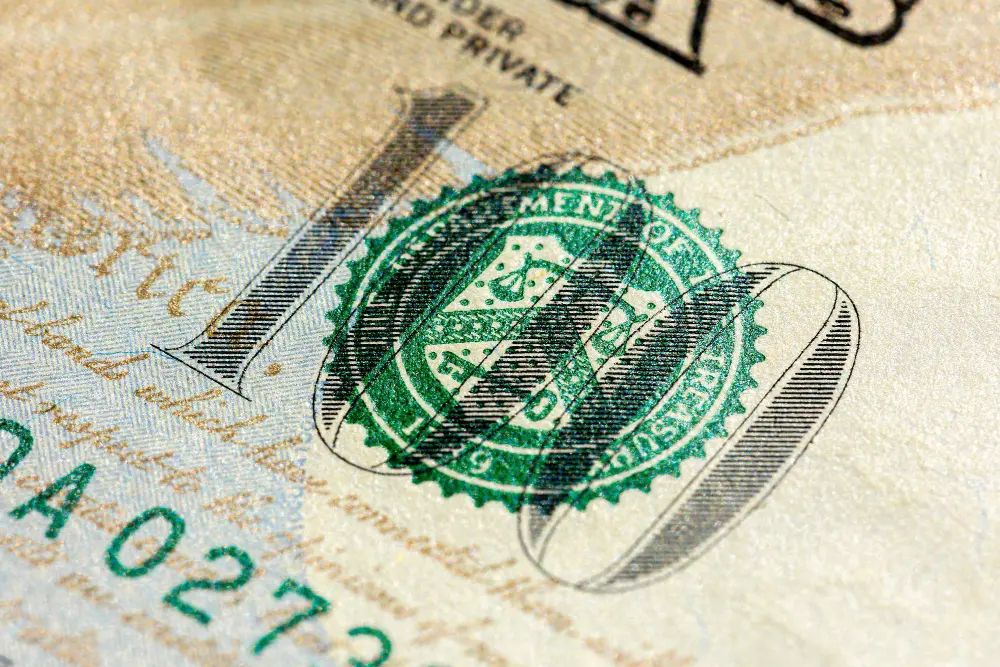- Disney missed adjusted EPS consensus by a penny.
- DIS stock fell nearly 5% afterhours.
- Returning CEO Bob Iger is newly impressed by streaming.
- Revenue at Disney rose more than 13% YoY.
Disney (DIS) stock drooped 4.8% afterhours on Wednesday as adjusted earnings per share (EPS) in the fiscal second quarter fell YoY and missed Wall Street consensus by a penny. DIS shares fell to $96.33 after closing the regular session above $101. An even worse prospect was Disney+ losing about 2% of its subscribers in the quarter.
Disney stock news: Disney+ subscribers flee for second straight quarter
Disney reported adjusted EPS of $0.93, which missed the Street’s consensus by a penny. Even worse, it was a nearly 14% drop from the year-ago quarter’s $1.08. Income from continuing operations was quite strong for the company, but its newer ventures hurt profitability.
Revenue of $21.8 billion rose more than 13% YoY, led heavily by the Parks segment. Disney Media & Entertainment saw revenue rise a measly 3% YoY. Operating income in the media segment fell 42% YoY, while Parks saw operating income rise 23% YoY.
A big reason for the meager growth in the media segment was the disintegration in subscriptions at Disney+. Last quarter’s 161.8 million retracted to 157.8 million at the end of the quarter lasting from January through March. The reason for the falloff is likely increased prices.
Read next: Aramco's decision to increase its payout is an interesting move that comes despite a sharp drop in oil prices over the last 12 months| FXMAG.COM
Disney+ has long been one of the cheapest options among major streaming competitors like Netflix (NFLX) and the Warner Bros. Discovery (WBD) owned HBO. Price hikes are now closing that gap.
Actually, average revenue per user (ARPU) is where the future looks brightest for Disney’s media segment. ARPU at Disney+ rose from $3.93 a year ago to $4.44, while the company’s ESPN+ ARPU rose from $5.53 to $5.64.
Subscriptions for Hulu and ESPN+ also both saw gains from the prior quarter, so it is not as if subscriptions are dropping everywhere. However, ad-based revenue at Hulu fell on a per customer basis.
Prior to retiring from his 15-year stint as Disney CEO two years ago, newly returned CEO Bob Iger was quite upbeat about Hulu and streaming in general, something that did not appear to be the case when he took over from former CEO Bob Chapek last quarter. Streaming losses fell from last fall’s $1.1 billion to $659 million in the second quarter of fiscal year 2023.
“We’re pleased with our accomplishments this quarter, including the improved financial performance of our streaming business, which reflect the strategic changes we’ve been making throughout the company to realign Disney for sustained growth and success,” Iger said in a statement.
Disney stock forecast
Disney stock had been trending higher since mid-March, but that activity appears to be over at the moment. The stock has broken below $96 in Thursday’s premarket, and it will likely keep moving for the rest of the week toward the March 13 low at $92. If it breaks $92 this month, then expect it to find support at last December’s $84 to $86 demand window.

DIS daily chart


















































































